Talk Overview
How do the tiny, crowded, constantly moving molecules inside of cells come together to form functional structures such as organelles? Dr. Cliff Brangwynne explains that many of the organelles we are familiar with, such as the nucleus and the Golgi apparatus, are membrane bound. However, some organelles, such as P granules and nuclear bodies, are not surrounded by a membrane. Brangwynne and his colleagues have shown that these membrane-less organelles form by liquid-liquid phase separation, in a manner similar to the separation of oil and water. Brangwynne explains that intrinsically disordered regions (IDRs) in proteins can drive phase separation and are likely important for the formation of structures like P granules. Interestingly, IDRs are also found in proteins associated with diseases such as ALS and Alzheimer’s where protein aggregation is thought to be important.
In his second talk, Brangwynne focuses on the formation of the nucleolus; one of several membrane-less bodies found in the nucleus. Brangwynne’s lab was able to show that assembly of the nucleolus also can be described by the physics of phase separation. As they delved deeper into trying to understand this process, they found that a previously unknown nuclear actin network constrained the movement of the droplets that coalesce to form the nucleolus. They also found that surface tension plays a key role in organizing proteins within the nucleolus and may influence the structure of other membrane-less organelles within the cell.
In his final talk, Brangwynne tells us about recent work in which his lab has used light to control phase separation behavior in cells. By linking IDRs from proteins that are known to phase separate to protein domains that weakly oligomerize in response to light, his lab has generated tools that are allowing them to investigate the role of phase separation in different cell processes in many cell types.
Speaker Bio
Cliff Brangwynne
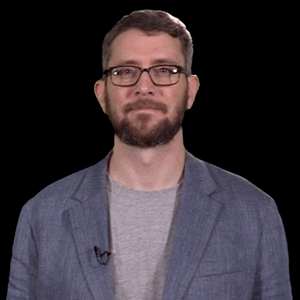
Dr. Cliff Brangwynne received his BS in Material Science and Engineering from Carnegie Mellon University and his PhD in Applied Physics from Harvard University. As a post-doctoral fellow at the Max Planck Institute for Molecular Cell Biology and Genetics in Dresden, Brangwynne combined his interests in soft-matter physics and cell biology to investigate the behavior… Continue Reading
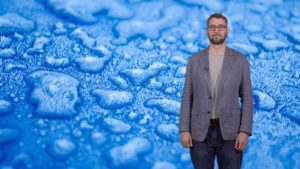
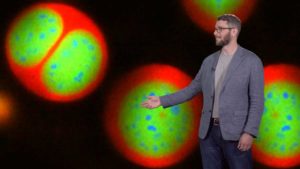
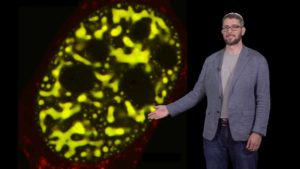
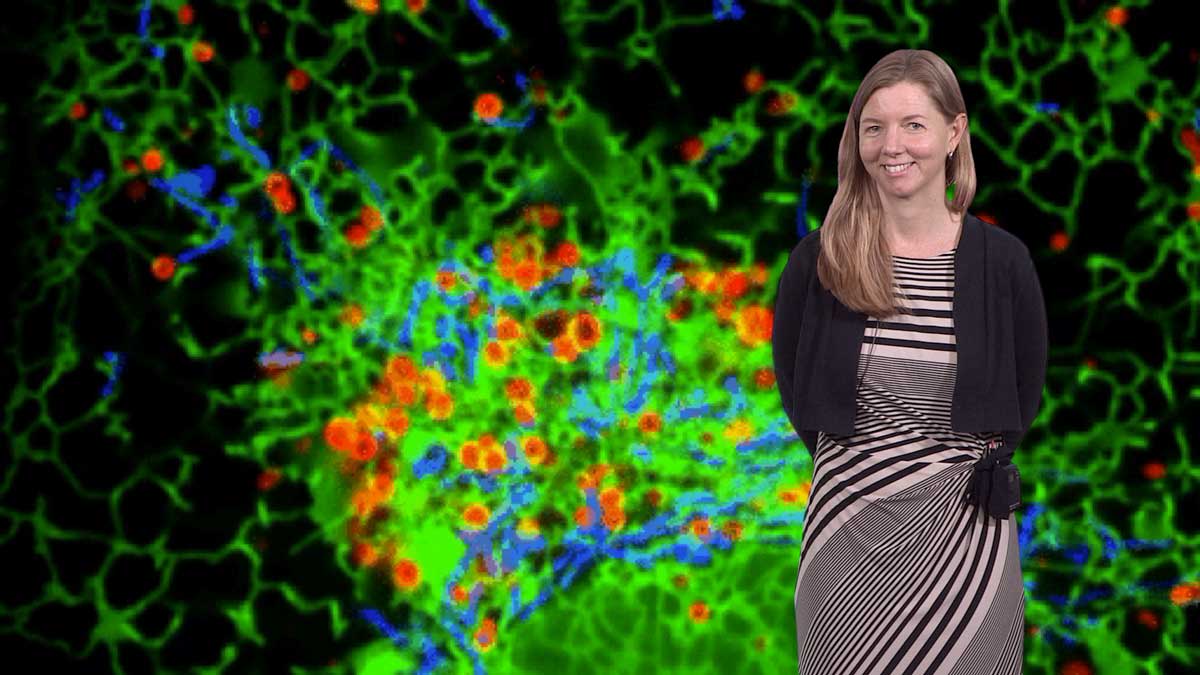
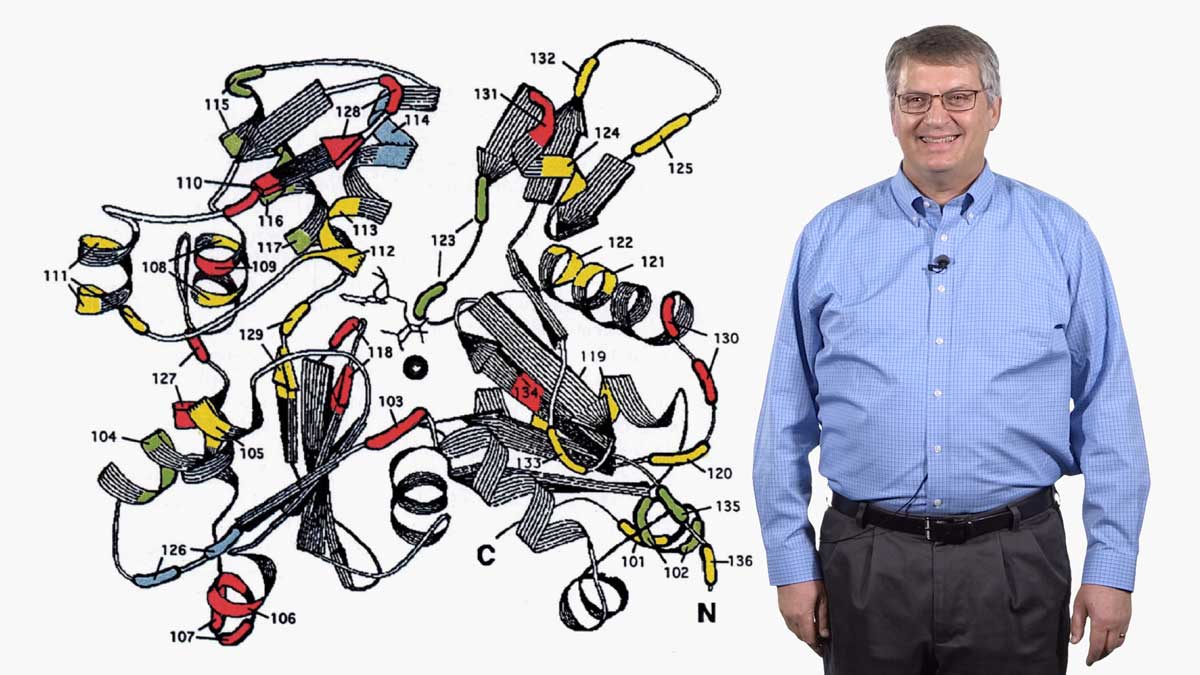
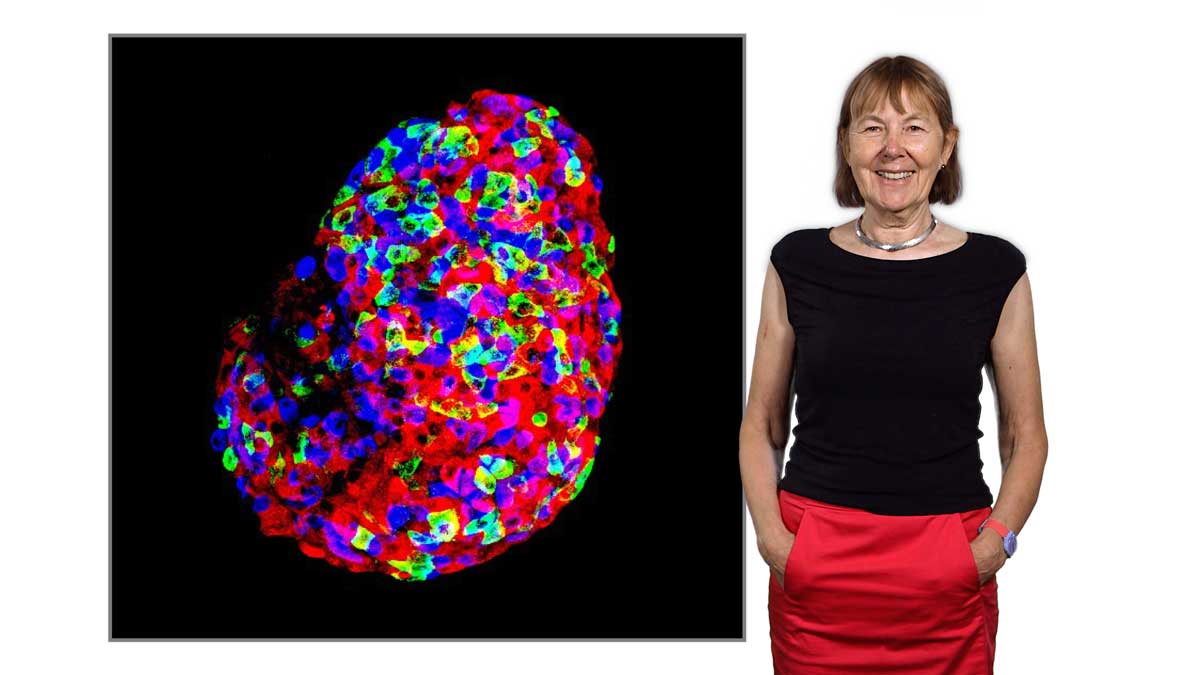
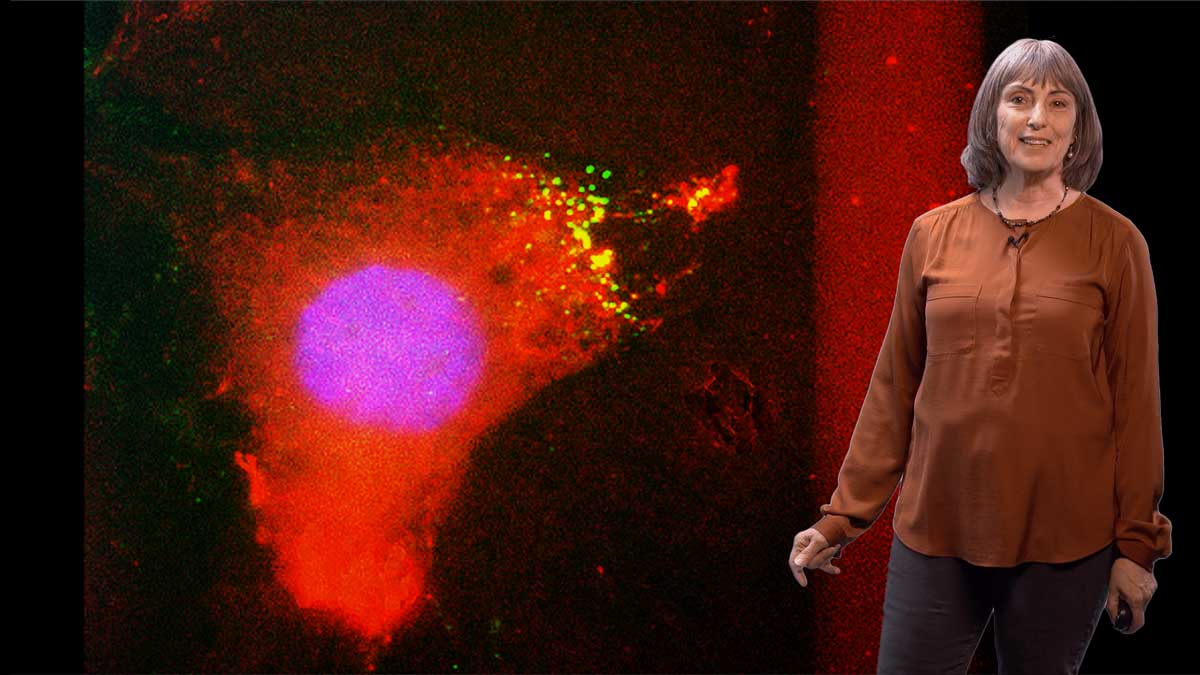





Barbara Madaras says
Absolutely Wonderful — a non-specialist can understand and appreciate how work in all sciences and engineering interacts to advance each other. Great presentation!!
Le HE says
Dear manager,
The part 2 video for downloading is miss linked to part3, could you upload it again?
This lecture is really amazing!!
Le
Le HE says
Sorry for my bad. The video is in right turn, I made my comments wrongly.
iBiology says
Could you try one more time? It was on mac.